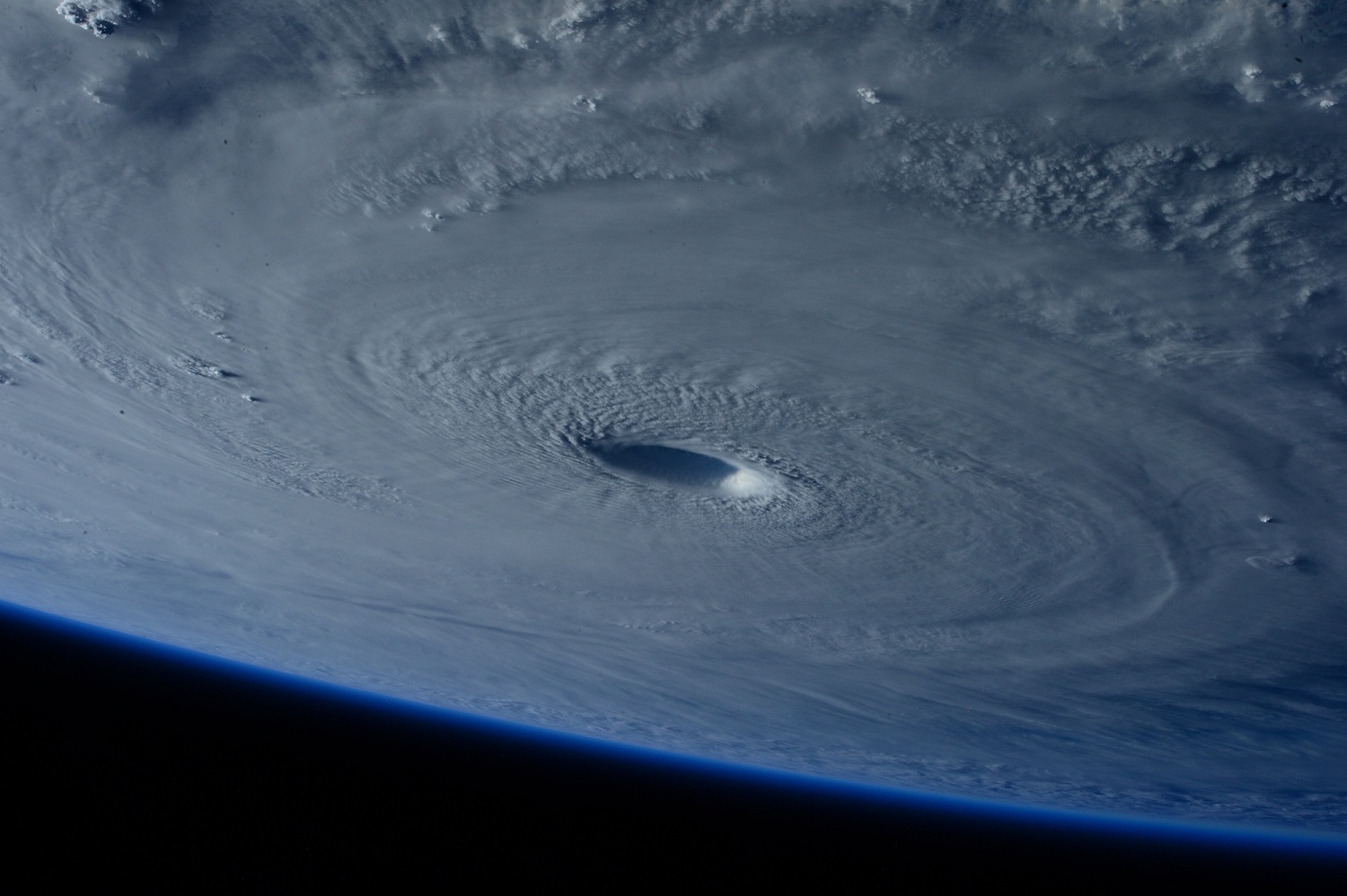A study by the University of Vermont is offering new insight into how information spreads on social media during natural disasters.
Researchers studied a trove of data from users on the social networking giant Twitter, looking into a few types of disasters like hurricanes, tornadoes, and floods.
In the study, the following two key findings were highlighted. Among users with lower social metrics on Twitter, a larger increase in activity and presence was measured when compared to users with larger networks in natural disasters. This data, researchers say, has important implications for organizations communicating crucial information surrounding emergencies.
“In planning for natural hazards and disasters, thinking about when and what to tweet really does matter,” said Meredith Nules, the lead author of the study. “We show that social media use differs markedly depending on emergency type, and these insights can help with emergency planning, where effective communications can be a matter of life and death.”
For the study, UVM researchers utilized data from the National Oceanic and Atmospheric Administration (NOAA) to gather economic costs of weather and disasters and various features within Twitter to analyze tweets and particular search terms.
Researchers focused on five disasters: Hurricane Sandy, Hurricane Irene, Southeast/Ohio Valley/Midwest tornadoes, Midwest/Southeast tornadoes, and the Louisiana flooding. On Twitter, 39 keyword search terms were generated to seek potential tweets during these events, using categories like food-related preparations, food-related responses, and other general terms associated with disaster responses. Of the 39 keywords, tweet frequencies were analyzed over a two-week period before, during and after each disaster.
According to the findings, average Twitter users with a typically lower social presence were found to be more active disseminators of useful information compared to users with a much more vast influence and presence.
Moreover, researchers discovered differences in tweet timing and volume based on the type of disaster. For example, in hurricanes, users posted more frequent content on emergency topics before the event, meanwhile, in tornadoes or floods, users relied on the site for real-time or information pertaining to recovery.
“We found ‘average Twitter users’ tweeted more frequently about disasters, and focused on communicating key information,” said Benjamin Emery, the co-author of the study.
“While these users have fewer followers than so-called influencers, their followers tend to have a higher proportion of friends and family, close networks that are more likely to seek and exchange useful information in emergency situations.”

